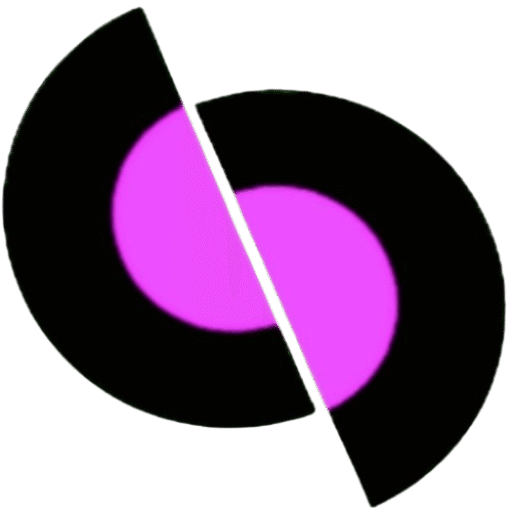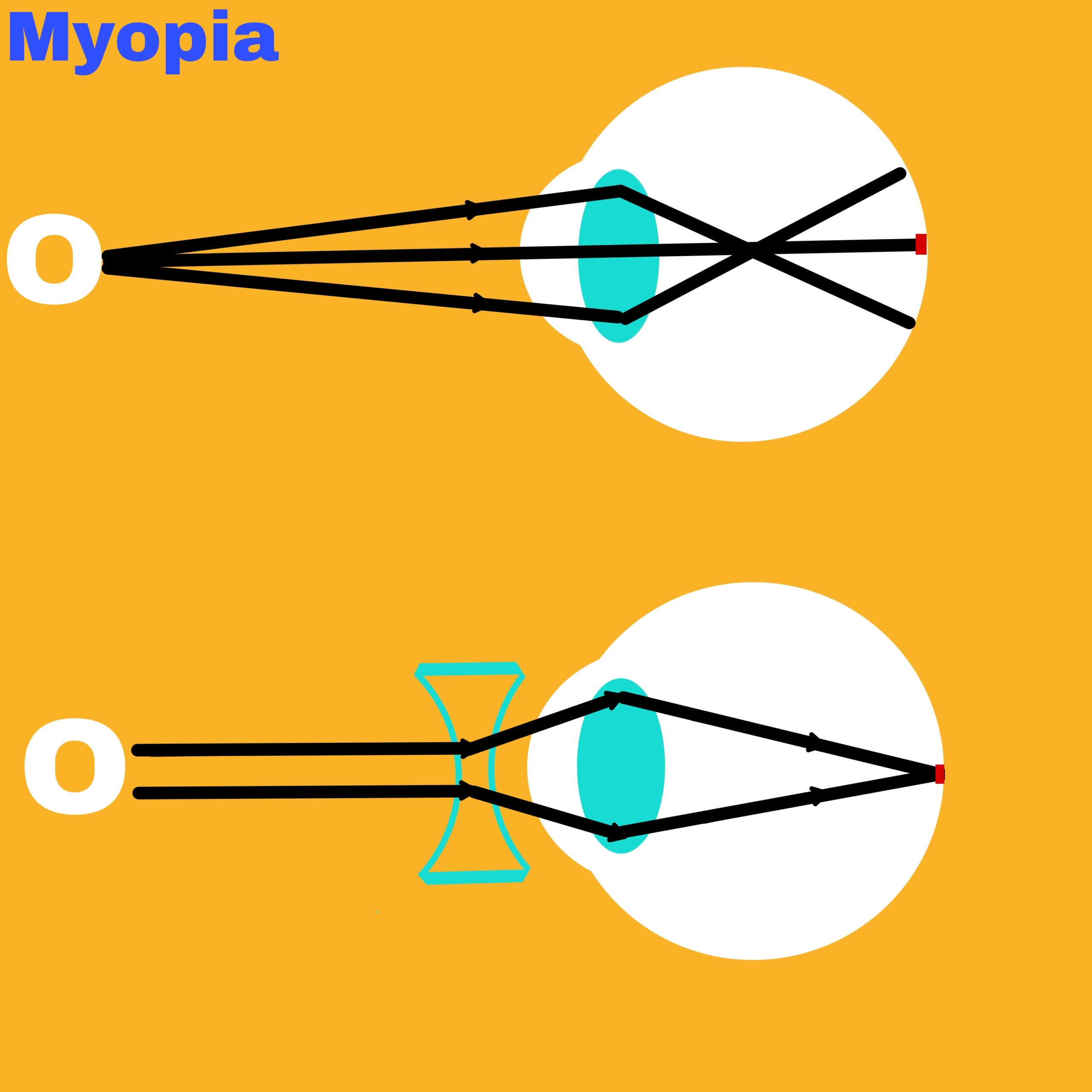Human Eye
The human eye is a very valuable and sensitive sense organ. It enable us to see the wonderful world and colors around us.
The human eye is like a camera. A real, inverted and small image is formed on the retina located at the back of the eye.
Accommodation capacity
The ability of the eye lens to change its focal length as per requirement is called accommodative power.
Vision extension
The maximum distance from the eye at which we can see an object clearly is called the far point of that eye. The minimum distance at which an object situated near the eye can be clearly seen is called the near point of that eye.
The distance from the near point to the far point is called the visual range of the eye.
For a normal eye it is approximately 25 cm.
There are four types of visual defects
- Nearsightedness or Myopia
- Farsightedness or Hypermetropia or Hyperopia
- Astigmatism
- Presbyopia
Myopia
Nearsightedness is a vision defect due to which a person can see nearby objects clearly but cannot see distant objects clearly. This is called nearsightedness.
Cause
Excessive curvature of the lens lens.
In this situation the image is not formed on the retina but before the retina.
Prevention
In myopia, the image of objects located at infinity is formed before the retina. If the incident parallel rays are diverged before they fall on the eye lens, they can form an image on the retina. A concave lens is used in front of the eye to correct nearsightedness.
Therefore,
The focal length of a concave lens suitable for correcting nearsightedness should be equal to the distance of the far point of the defective eye.
Hypermetropia / Hyperopia
Farsightedness is a defect of the eye due to which a person can see distant objects clearly but nearby objects are not clearly visible. This is called Hyperopia.
Cause
- Excessive focal length of lens
- Shrinking of eyeball
In this condition the image is not formed on the retina but behind the retina.
Prevention
In farsightedness / hyperopia, the image is not formed on the retina but after the retina, hence in this defect a convex lens is used so that the incident rays can converge.
Astigmatism
This is another common vision defect. This defect occurs when the clean plate is not spherical in shape. If a person with this defect looks at a wire mesh, the focus will not be clear in the vertical or horizontal plane compared to others.
Prevention
To correct astigmatism, a cylindrical lens is used.
Presbyopia
This vision defect occurs in old age people. The accommodation capacity of the human eye decreases with increasing age.





